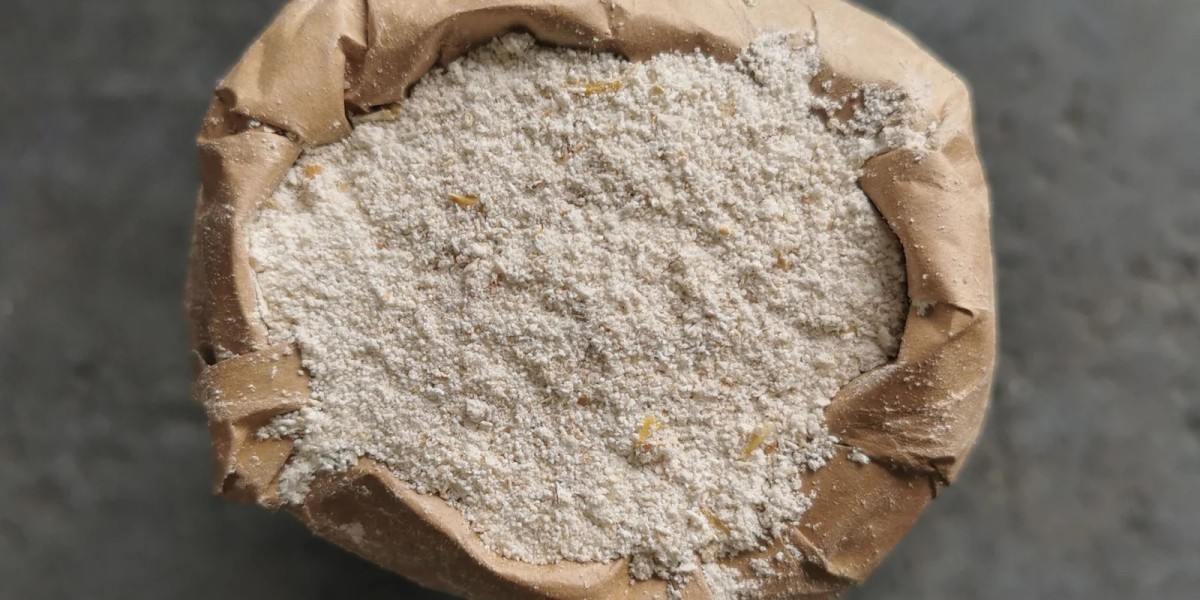In a world increasingly drawn to processed foods and synthetic supplements, the rediscovery of natural, holistic nourishment is more relevant than ever. One such gem, cherished for centuries in Islamic tradition and now regaining popularity among health-conscious communities, is Talbina. Known for its soothing properties and immense health benefits, talbina is more than just a traditional dish—it is a natural remedy rooted in prophetic medicine.
This blog post will explore talbina benefits, its nutritional profile, historical significance, and how it can be a healing and nourishing addition to your diet.
What Is Talbina?
Talbina is a simple porridge made from barley flour, milk (or water), and honey. The name "Talbina" comes from the Arabic word "laban," which means milk, due to the milky texture of the dish. It's often prepared by gently cooking barley flour in milk and sweetening it with honey.
Talbina is famously known from the Prophetic tradition. According to a hadith narrated in Sahih Bukhari and Muslim, the Prophet Muhammad (peace be upon him) recommended talbina as a remedy for grief and weakness:
“Talbina brings comfort to the heart of the patient and relieves him from some of his sadness.”
— Sahih Bukhari
This humble dish is more than just food—it is considered a source of physical and emotional healing.
Nutritional Profile of Talbina
To understand talbina benefits, it's important to look at what makes it so nourishing:
Barley: A rich source of dietary fiber, especially beta-glucan, which helps reduce cholesterol and supports gut health.
Milk: Provides protein, calcium, and vitamin D—important for bone health.
Honey: Natural antibacterial and anti-inflammatory properties, and a healthier alternative to refined sugar.
Together, these ingredients create a highly nutritious meal that’s easy to digest, making it especially beneficial for children, the elderly, and those recovering from illness.
Top Talbina Benefits You Need to Know
1. Emotional and Mental Well-being
One of the most unique talbina benefits is its impact on emotional health. It is traditionally used to alleviate sadness, anxiety, and depression. The hadith highlights its use for grief, and modern science supports this as well—whole grains like barley help regulate blood sugar and support the production of serotonin, the “feel-good” hormone.
Benefit summary: Natural mood enhancer, reduces symptoms of depression and anxiety.
2. Digestive Health
Barley is loaded with soluble fiber, particularly beta-glucan, which improves digestion and supports healthy gut flora. Talbina’s smooth, porridge-like texture makes it soothing for the stomach and ideal for those suffering from digestive disorders such as IBS, constipation, or acid reflux.
Benefit summary: Promotes regular bowel movements, soothes the digestive tract.
3. Heart Health
Talbina supports cardiovascular wellness through several mechanisms. The beta-glucan in barley helps lower LDL (bad) cholesterol without affecting HDL (good) cholesterol. Additionally, honey’s antioxidant properties and milk’s calcium contribute to overall heart health.
Benefit summary: Reduces cholesterol, supports healthy blood pressure, and promotes heart health.
4. Supports Weight Management
Due to its high fiber content, talbina increases the feeling of fullness, which can help in reducing overall calorie intake. It’s also a low-fat, nutrient-rich meal that provides sustained energy, making it ideal for people trying to lose or maintain weight.
Benefit summary: Helps control appetite, supports healthy metabolism.
5. Boosts Immunity
Thanks to its antioxidant-rich ingredients—like honey and barley—talbina boosts the immune system. The prebiotics from barley support gut health, which plays a major role in immune function. This makes talbina a great choice, especially during cold and flu season.
Benefit summary: Enhances the body’s natural defense mechanisms.
6. Bone and Muscle Health
The milk in talbina provides calcium, protein, and vitamin D—all essential for bone density and muscle maintenance. Barley also contains phosphorus and magnesium, which further contribute to bone health.
Benefit summary: Strengthens bones, supports muscle function, especially important for aging adults.
7. Great for Kids and the Elderly
One of the often-overlooked talbina benefits is its suitability for both children and elderly people. It’s gentle on the stomach, easy to digest, and packed with essential nutrients. It’s also a fantastic way to introduce whole grains into the diets of picky eaters.
Benefit summary: Safe, nutritious, and easy to consume for all ages.
How to Make Talbina at Home
Making talbina is simple and requires just a few ingredients:
Ingredients:
2 tablespoons of barley flour (preferably whole grain)
1 cup of milk (or water for a dairy-free version)
1 teaspoon of honey (optional, for sweetness)
Instructions:
In a saucepan, mix barley flour and milk until smooth.
Heat on low to medium flame, stirring constantly to avoid lumps.
Cook for 5-10 minutes until it thickens to a porridge consistency.
Remove from heat, add honey, and serve warm.
You can also customize talbina by adding cinnamon, dates, nuts, or fruit for added flavor and nutrition.
Modern Applications and Adaptations
With growing interest in plant-based and gluten-free diets, many people are experimenting with talbina alternatives using oat flour or almond milk. While traditional talbina is rooted in Islamic culture, its health benefits are universal. It's now making its way into wellness blogs, nutritionist recommendations, and even therapeutic diets for post-illness recovery.
Final Thoughts on Talbina Benefits
Talbina is a timeless dish that bridges ancient wisdom and modern nutrition. Its holistic benefits—from emotional healing to physical well-being—make it a standout superfood. As science catches up with prophetic teachings, we’re beginning to understand why talbina has been cherished for so long.
Whether you’re seeking comfort, healing, or simply a nutritious start to your day, talbina offers a natural and wholesome solution.








